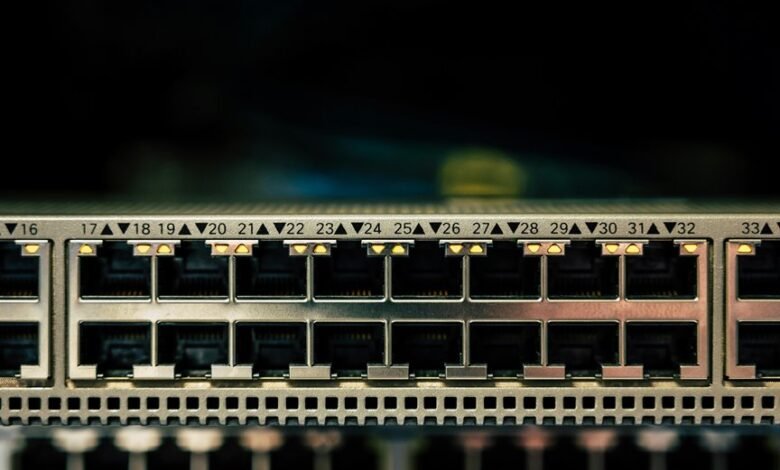The Role of 2134936069 in Telecommunications

The 2134936069 technology significantly influences telecommunications by enhancing network performance. Its sophisticated signal processing optimizes data flow and minimizes interference. This advancement not only improves user connectivity but also supports the demands of an increasingly digital society. As providers adopt this technology, questions arise about its long-term implications. What innovations might emerge as a result? Understanding these dynamics is crucial for anticipating future developments in telecommunications.
Understanding the Technology Behind 2134936069
While the telecommunications landscape continues to evolve, the technology behind 2134936069 remains a pivotal element in enhancing communication networks.
This technology employs advanced signal processing techniques to optimize data transmission efficiency. By minimizing interference and maximizing bandwidth utilization, it enables seamless connectivity.
Understanding these underlying mechanisms is essential for leveraging the capabilities of modern communication systems, ultimately fostering greater freedom in information exchange.
Enhancements in Network Efficiency and Reliability
Significant advancements in network efficiency and reliability have emerged from the integration of 2134936069 technology within telecommunications infrastructure.
This technology enhances network optimization through improved algorithms that ensure optimal data routing, while also bolstering signal integrity, minimizing data loss and interference.
Consequently, telecommunications providers can deliver more stable and high-quality services, meeting the increasing demands of users seeking freedom in connectivity options.
The Future of Connectivity With 2134936069
The integration of 2134936069 technology not only enhances current network efficiency and reliability but also paves the way for future advancements in connectivity within telecommunications.
Future trends indicate a shift towards more decentralized networks, promoting user autonomy.
This evolution presents significant global implications, encouraging innovation and competition, ultimately leading to a more interconnected world where freedom of communication can thrive.
Conclusion
In a world increasingly reliant on seamless communication, the irony lies in the dependence on a technology like 2134936069, which promises to enhance connectivity yet underscores human vulnerability to disruptions. While its advanced signal processing techniques herald a new era of efficiency and reliability, they also highlight the fragility of our digital infrastructure. As telecommunications providers race to innovate, one must ponder whether true communication freedom can ever be fully realized amid this complex web of technological advancements.




